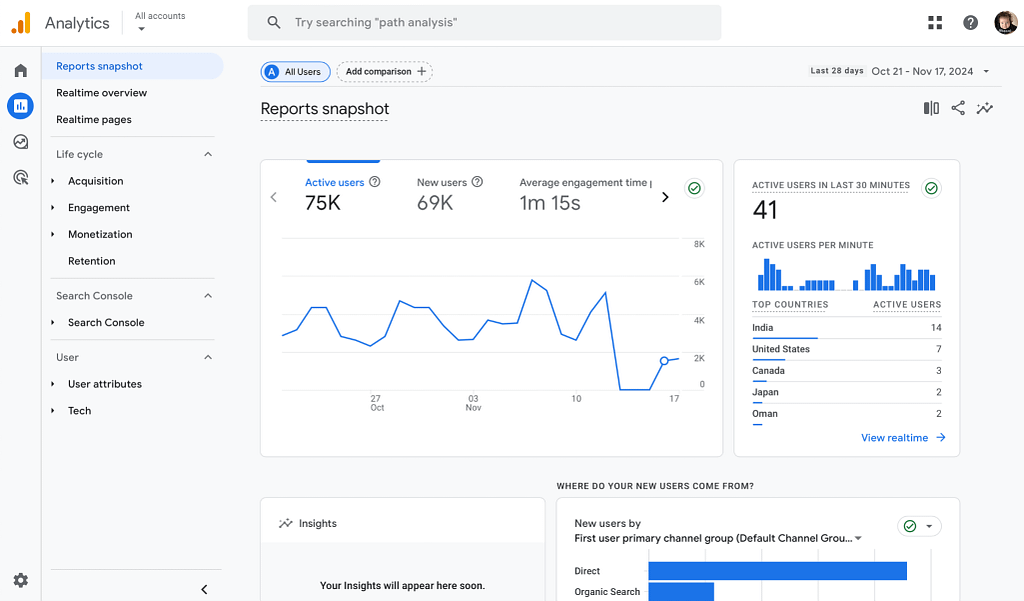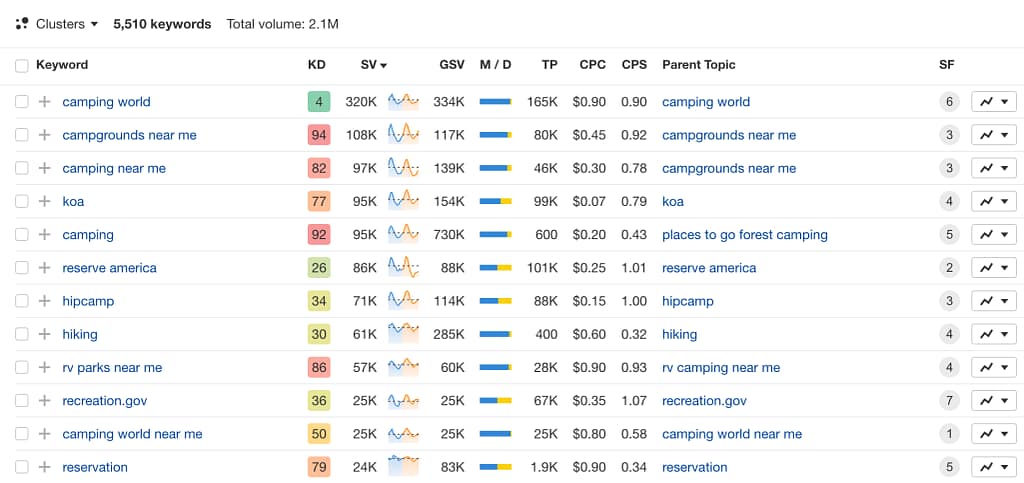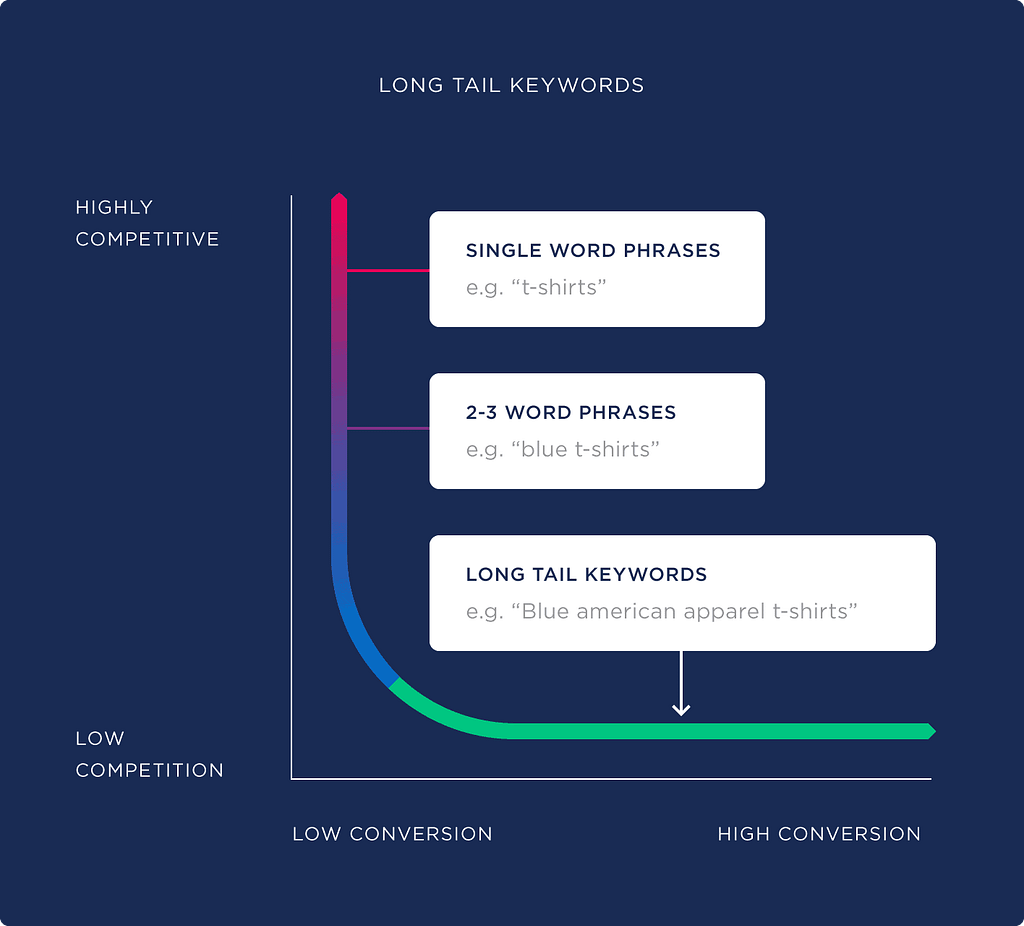Rank Product Pages | Proven Tactics of Technical SEO | E-Commerce
Summary
Rank Product Pages effectively with technical SEO, structured data, and keyword optimization to drive D2C ecommerce traffic and conversions in today’s competitive digital marketplace.
Rank Product Pages strategically to transform your D2C store’s digital presence. Optimized product pages serve as conversion engines that attract qualified traffic and guide purchase decisions.
Table of Contents
Technical SEO serves as the essential framework for any thriving e-commerce site. It ensures search engines can efficiently crawl and index your website, which improves visibility and search ranking. For e-commerce businesses, increased traffic usually leads to higher conversion rates and sales. Effective technical SEO focuses on key elements such as website speed, mobile optimization, and secure browsing, all of which improve user experience and search visibility.
Optimized Product Pages: A Key to Better Search Engine Rankings and User Engagement
Product pages are fundamental to any e-commerce operation, making their optimization vital for achieving strong search engine positions. This requires a well-planned approach to on-page SEO techniques. An optimized product page should include:
- Clear and descriptive titles and meta descriptions
- High-quality images with descriptive alt texts
- Structured data to help search engines understand the content
- Fast loading times to minimize bounce rates
- Mobile-friendly design for users across different devices
Incorporating relevant keywords into engaging product descriptions can further heighten search visibility. This not only aids in better rankings but also ensures users enjoy an informative shopping experience, which boosts the chances of a sale.
How Optimized Product Pages Influence User Engagement
When your product pages are well-optimized, users find it simpler to navigate and find the information they seek. This improved usability leads to greater engagement, as users are more inclined to explore well-structured content. Features such as clear call-to-action buttons, user reviews, and related product suggestions can improve the overall experience. Creating an enjoyable shopping environment encourages repeat visits and fosters customer loyalty, contributing to the ongoing success of your e-commerce business. In summary, technical SEO is crucial for driving traffic and conversions for e-commerce sites, while well-optimized product pages are essential for improving search engine rankings and user engagement. By focusing on these elements, e-commerce businesses can significantly increase their online visibility and foster lasting growth.
Understanding Product Page SEO Value
Product pages can have a considerable impact on an e-commerce website’s overall search engine rankings. However, not every product page carries the same SEO weight. To maximize your site’s visibility and sales, it’s essential to identify and optimize high-value product pages. Here’s how to do that.
Analyzing SEO Value of Different Product Pages
The SEO value of a product page is determined by several factors, including content relevance, search demand, competition levels, and user engagement metrics. High-value product pages generally possess:
- High search volume keywords
- Unique and detailed product descriptions
- Positive user reviews and ratings
- High-quality images or videos
- Strong internal and external backlinks
By evaluating these elements, you can pinpoint product pages that are more likely to generate organic traffic and convert visitors into buyers.
Identifying High-Value Product Pages for Optimization
To identify which product pages warrant your attention, combine quantitative and qualitative analyses. Here are some effective strategies:
Use Analytics Tools
Utilize tools like Google Analytics or specialized e-commerce software to monitor which product pages receive the most traffic, boast the highest engagement rates, and generate the most conversions. Look for metrics such as:
- Page views
- Bounce rate
- Average time spent on page
- Conversion rate
- Revenue generated per page

Essential Analytics Tools for D2C Brands in 2025
| Tool | What it’s for | Standout feature | Pricing |
| Google Analytics 4 | General web analytics: website traffic, user behaviour, conversions. | Explorations tool for custom reports and in-depth analysis. | Free (premium version available as part of Google Marketing Platform) |
| Ahrefs | SEO analytics: keyword research, rank tracking, backlink analysis, site audits, robust reporting. | Comprehensive SEO toolset with a massive data index. | Free tools available; Premium plans start at $29/month. |
| Google Search Console | Monitoring website presence in Google search results; identifying SEO issues. | Direct access to Google’s search data, including clicks, impressions, and ranking positions. | Free |
| Mixpanel | Product and user behaviour analytics for SaaS, mobile apps, and e-commerce. | Impact report for measuring the effects of new product features. | Free plan available; Premium plans start at $24/month. |
| Microsoft Clarity | Website visitor behaviour analytics: heatmaps, session recordings. | Free and easy-to-use tool for visualizing user behaviour and identifying UX issues. | Free |
| Visual Website Optimizer | A/B testing and website optimization. | “Plan” feature for organizing and documenting experiments. | Free plan available; Premium plans start at $190/month. |
| Brand24 | Media monitoring and social listening. | Brand comparison and performance tracking over time. | Premium plans start at $149/month; 14-day free trial. |
| Klipfolio | Creating and sharing dashboards with data from various sources. | Powerful data transformation and automation features. | Free plan available; Premium plans start at $90/month. |
| ProfitWell | Subscription management and revenue optimization for SaaS and subscription businesses. | MRR growth rate tracking and churn analysis. | Free. |
| vidIQ | YouTube analytics and optimization. | Channel audit for identifying top-performing videos and areas for improvement. | Free plan available; Premium plans start at $16.58/month. |
| HubSpot | All-in-one marketing, sales, and support platform with integrated analytics. | Unified platform for customer-centric teams with collaborative dashboards. | Free plan available; Premium plans start at $20/month. |
| ChatGPT | AI-powered insights and analysis; understanding data and finding solutions. | Ability to analyse data, provide explanations, and suggest solutions based on complex queries. | Free plan available; Premium plans start at $20/month. |
Keyword Analysis
Conduct keyword research to discover the search terms driving traffic to your product pages. Use tools like SEMrush, Ahrefs, or Google Keyword Planner to find high-volume keywords related to your best-performing products. Focus on optimizing these high-value pages for relevant keywords.

Customer Feedback
Customer reviews and feedback offer insights into which product pages resonate most with your audience. Pages featuring positive reviews and high ratings often highlight products that fulfill customer needs and expectations, making them ideal targets for SEO enhancement.
Competitor Analysis
Examining your competitors’ high-ranking product pages can yield valuable insights. Identify the products where they excel and assess their content strategies. This information can inspire improvements in your own product offerings.
Final Thoughts
Understanding and maximizing the SEO value of your product pages is critical for generating organic traffic and increasing sales. By concentrating on high-value product pages, you ensure that your e-commerce site stands out in search engine results and offers a better user experience.
Optimizing for New SERPs and Emerging Trends
Evolution of Google’s SERPs and Its Impact on E-commerce Businesses
Google’s Search Engine Results Pages (SERPs) have evolved significantly over recent years. Moving from simple lists of links, SERPs now feature rich media, snippets, shopping results, and more dynamic elements. This transition influences e-commerce businesses as search visibility becomes more competitive and complex. E-commerce sites must respond to these changes by implementing technical SEO strategies that align with new SERP features. This requires optimizing product pages for rich snippets, understanding Google’s criteria for featured snippets, and ensuring mobile-friendliness and speed. Additionally, using structured data to showcase product reviews, prices, and availability directly in SERPs can improve click-through rates.
Emerging Trends: Voice Search Optimization in 2025
Voice search is increasingly common, as more users rely on voice-activated devices like smartphones and smart home assistants. Optimizing for voice search is essential for 2025. Queries made via voice tend to be longer and more conversational, necessitating tailored content. Here’s how to prepare for voice search:
- Target long-tail keywords and conversational phrases that reflect natural speech.
- Update your FAQ pages with succinct answers to common user questions.
- Improve local SEO by ensuring your business information is accurate across directories and Google My Business.
- Utilize schema markup to give search engines context about your content for voice search results.
By staying ahead of these trends and optimizing your e-commerce site accordingly, you can effectively navigate the changing landscape of Google’s SERPs and maintain your competitive edge.
Comprehensive List of Optimization Strategies
Implement Structured Data for Increased Visibility
Structured data allows search engines to better understand the content on your product pages, potentially leading to greater visibility in search results. Using schemas like Product Schema and Review Schema helps display rich snippets, which can raise click-through rates.
- Provides key information about your products, such as price, availability, and user ratings.
- Showcases user reviews and ratings, helping to build trust and attract more clicks through enhanced search results.
Use Long-Tail Keywords for Specific Search Queries
Incorporating long-tail keywords allows you to target more specific and refined search queries. While these terms may have lower search volumes, they often result in higher conversion rates due to their specificity.
- Utilize keyword research tools to find relevant long-tail keywords associated with your products.
- Ensure these keywords fit organically into your content to uphold readability and user engagement.

Craft Unique and Detailed Product Descriptions with Sensory Appeal
Unique and thorough product descriptions can influence your product page’s search ranking. Aim to write descriptions that not only deliver essential details but also engage the reader’s senses.
- Provide all necessary product specifications and advantages.
- Use descriptive language that evokes the senses, such as texture, color, and the experience of using the product.
Optimize Images and Video Content for Increased Engagement
Visual content plays a vital role in e-commerce websites. Ensuring images and videos are optimized leads to quicker loading times and improved user interaction.
- Utilize appropriate file formats, compress images, and add detailed alt text.
- Host videos on reliable platforms, select effective thumbnails, and provide transcriptions when necessary.
Enable User-Generated Content (UGC) for Authenticity
User-generated content, such as reviews and ratings, can boost credibility and interaction on your product pages. Encourage customers to leave feedback and share their experiences.
- Prominently display genuine reviews and feedback.
- Allow customers to upload their own images using your products, providing real-world context.
Ensure Mobile Responsiveness and Fast Loading Times
As more users shop via mobile devices, it’s essential to ensure your website is mobile-responsive and loads swiftly.
- Implement responsive design principles to ensure your site performs well across devices.
- Improve your site’s performance by minifying CSS and JavaScript, choosing fast hosting, and utilizing browser caching.
Recommended Tools to Rank Product Pages
Using the right tools can substantially impact your e-commerce product page optimization efforts. These tools support your SEO initiatives while helping your pages achieve good search rankings. Here are some essential tools to consider:
Moz
Moz is widely recognized as a valuable SEO tool that provides comprehensive features for auditing and improving product pages. Its keyword research capabilities, link building tools, and site audits help identify SEO opportunities and track your progress over time. It also offers insights into competitors’ strategies, keeping you ahead in e-commerce.
Ahrefs
Ahrefs is an effective tool for SEO analysis and strategy formulation. It excels in backlink analysis, offering detailed reports on backlinks for your site and your competitors. Ahrefs also provides tools for keyword research, rank tracking, and gap analysis for content. By utilizing Ahrefs, you can boost the visibility of your product pages and attract more organic traffic.
TinyPNG
Image optimization is vital for your product page’s performance, and TinyPNG is a specialized tool for this task. TinyPNG compresses images without compromising quality, resulting in faster load times and a better user experience. This can lead to increased engagement and improved search rankings for your product pages.
Google Search Console
Google Search Console is crucial for monitoring and managing your site’s presence in search results. It offers valuable insights into how Google views your site, aiding in the identification and resolution of indexing issues. Google Search Console also provides data on search queries, click-through rates, and site performance, which are essential for optimizing your product pages. By integrating these tools into your SEO strategy, you can systematically audit and refine your e-commerce product pages. This approach will elevate your site’s search engine ranking while offering an improved experience for your users.







